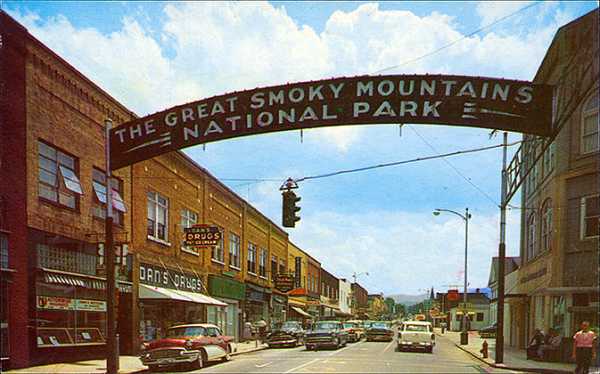EARLY STREET LIGHT SYSTEMS
Part Three

Mercury Vapor Street Lights
In the 1920s and 30s a great deal of experimentation was conducted where certain inert gasses were ionized by high voltage and produced light. Illuminated letters could be formed by bending tubes filled with neon gas. Mercury vapor was ionized and caused various phosphors to glow, most commonly for fluorescent lighting in stores and offices. In the 1930s GE experimented with mercury vapor lighting in business districts in Brooklyn. Eventually the design was perfected so that the lamps gave off a great deal of fairly white light and they became suitable for street lighting.
Early mercury vapor lamps were designed for series or multiple (parallel) application. The lamp ballasts provided continuity in series circuits when mercury vapor lamps would fail. Although mercury vapor lamps were more efficient than incandescent lamps, providing more lumens of light per watt consumed, for many years they were relegated to business and industrial districts due to the poor color renditon value of mercury light as compared with incandescent illumination. Incandescent lamps were still "king" in residential neighborhoods. However when energy costs soared, most incandescent residential luminaires were changed out for mercury vapor, either by switching out the luminaires or by installing remote ballasts and changing out incandescent lamps for mercury vapor lamps in existing luminaires.
Lighting technology has evolved to the point where new mercury vapor luminaires are no longer sold and the industry has changed to sodium vapor, metal halide and LEDs (light emitting diodes.) The new designs are even more energy efficient and do not carry the disposal issues related to lamps containing mercury. Now spotting in-service mercury vapor lamps over public roadways is as interesting as spotting incandescent lamps was a couple of decades ago.
The first mercury vapor lamp designs utilized remote ballasts. Eventually the ballasts were integrated into the luminaire, most commonly in "cobra head" and NEMA (round) configurations.
| 


